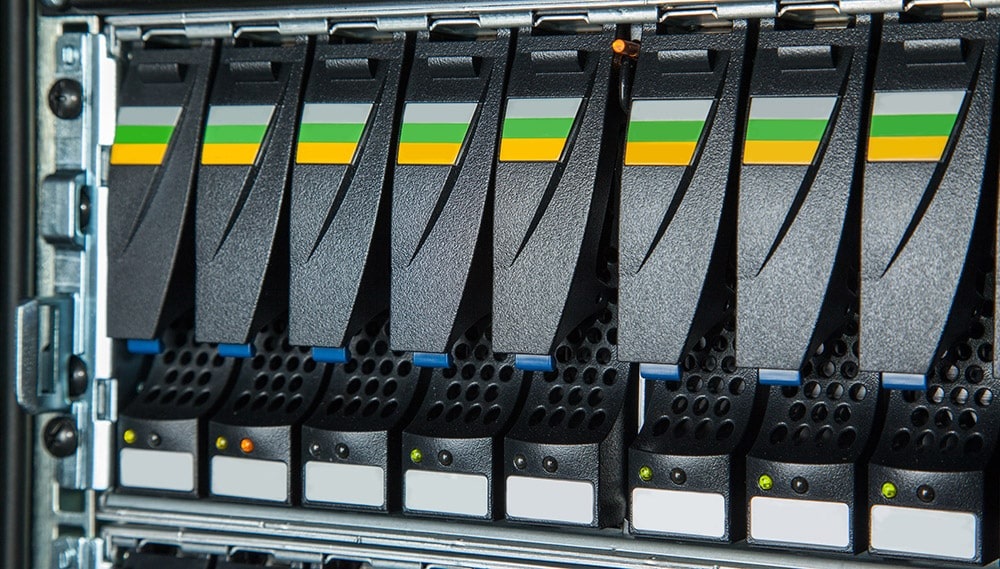In the digital age, data is the lifeline of businesses and individuals alike. From critical business files to cherished personal memories, the importance of data cannot be overstated. However, this valuable asset is often stored in complex systems like RAID arrays, which, despite their reliability, are not immune to failures. When disaster strikes and a RAID array becomes damaged, swift and effective action is crucial to recover the lost data. In this guide, we’ll explore the easiest methods for recovering data from a damaged RAID array, highlighting the importance of professional data recovery services along the way.
Understanding RAID Arrays
RAID, short for Redundant Array of Independent Disks, is a technology that combines multiple hard drives into a single logical unit for data storage and redundancy. There are several RAID levels, each offering different configurations for performance, redundancy, and capacity.
Common Causes of RAID Array Damage
Despite their robustness, RAID arrays can still experience failures due to various factors:
-
Hardware Malfunction: Components such as hard drives, controllers, or power supplies can fail, leading to RAID array damage.
-
Human Error: Accidental deletion of files, formatting the wrong drive, or improper configuration changes can compromise RAID data integrity.
-
Software Corruption: Operating system errors, malware infections, or software bugs can corrupt RAID metadata or data blocks.
-
Physical Damage: Environmental factors like power surges, floods, or fires can physically damage RAID hardware, rendering it inoperable.
Easiest Methods for RAID Data Recovery
When facing a damaged RAID array, the following steps can simplify the data recovery process:
-
Identify the Problem: Diagnose the nature and extent of the RAID array damage. Determine whether it’s a hardware failure, logical corruption, or a combination of both.
-
Consult Documentation: Refer to the RAID controller or system documentation for troubleshooting steps and recovery procedures specific to your RAID configuration.
-
Use Data Recovery Software: Deploy specialized data recovery software capable of reconstructing RAID arrays and recovering lost data. These tools often support various RAID levels and file systems, streamlining the recovery process.
-
Seek Professional Assistance: If DIY methods fail or the data loss is critical, consider engaging professional data recovery services. Experienced technicians equipped with state-of-the-art tools and facilities can maximize the chances of successful data recovery without further compromising data integrity.
Leveraging Data Recovery Services
Professional data recovery services offer several advantages for RAID data recovery:
-
Expertise and Experience: Data recovery specialists possess the knowledge and experience to handle complex RAID data loss scenarios effectively. They can navigate intricate RAID configurations and overcome challenges that DIY users may struggle with.
-
Advanced Tools and Techniques: Data recovery labs are equipped with specialized tools and techniques tailored for RAID data recovery. From hardware repairs to software reconstruction, these resources maximize the chances of successful data retrieval.
-
Data Integrity Assurance: Professional data recovery services prioritize data integrity throughout the recovery process. They employ strict protocols to prevent further damage or data loss, ensuring that recovered data remains intact and usable.
-
Confidentiality and Security: Reputable data recovery firms adhere to strict confidentiality and security protocols to protect sensitive information. Clients can trust that their data is handled with the utmost discretion and safeguarded against unauthorized access.
Conclusion
Recovering data from a damaged RAID array may seem daunting, but with the right approach and resources, it can be achieved effectively. By leveraging the easiest methods outlined in this guide and considering professional data recovery services when needed, individuals and businesses can minimize the impact of data loss and ensure the integrity of their valuable information. Remember, in the realm of data recovery, expertise and reliability are paramount.
